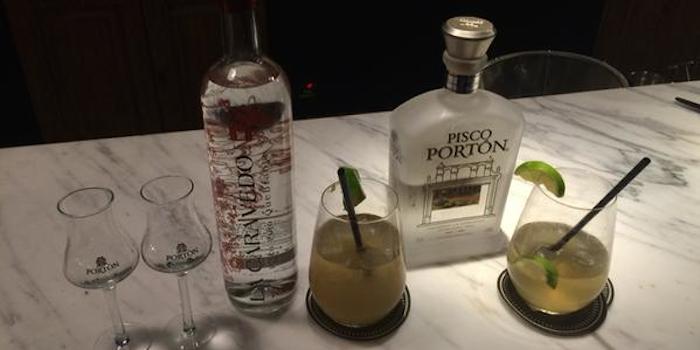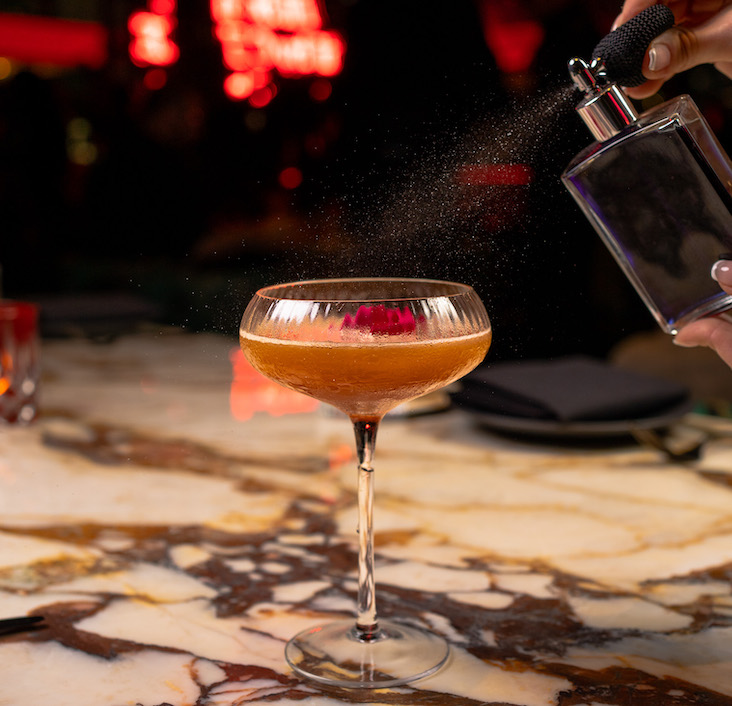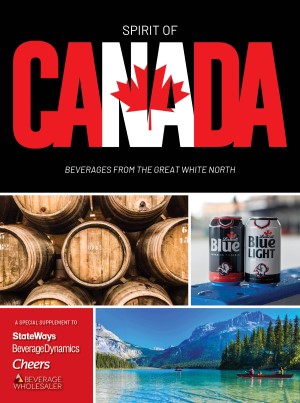Pisco is among foreign spirits gaining from America’s craft-cocktail movement. A white Peruvian spirit distilled from wine, it’s similar in some aspects to grappa or brandy. To learn more, I recently sat down with pisco guru Johnny Schuler.
Schuler is master distiller for Portón, the top-selling premium pisco in Peru. Before taking that role in 2011, he spent decades working with the spirit. He has traveled the world as a pisco ambassador, judged numerous competitions, fought for industry regulations, and hosts a pisco TV show: Por Las Rutas del Pisco. He also owns two restaurants in Peru.
I met Schuler over drinks last week at Urbo in Manhattan. When Portón began business four years ago, he said, there were 4-5 other pisco brands in America. Now there are 16-18. But he doesn’t mind the competition.
“We need to create the category in America,” Schuler said. “I don’t want people to be afraid of this spirit just because they don’t know what it is.”
Pisco dates back to 1641. Peruvians started distilling their grape crops to avoid high taxes imposed on their wine by the King of Spain.
Today, the spirit is governed by strict regulations that uphold tradition. Only eight varietals are allowed in production, which is further limited to five regions, mostly along Peru’s coastline. (Chile also contains a large pisco industry, which is a point of contention between the two countries.)
Unlike grappa or brandy, pisco is not produced from pomace but raw wine. The magic occurs in copper pot stills similar to those used for cognac. Regulations mandate that pisco be distilled to proof. Water is not used to reduce ABV. The purpose of this is to maintain purity.
Deviating from brandy, pisco is unaged and unwooded. Rather, it ferments in water-jacketed holding tanks via natural yeast. “We like to say that cognac is made by oak, and pisco is made by nature,” Schuler explained.
Three types of pisco are permitted. “Puro” is made from a single varietal, “Acholado” is a blend, and “Mosto Verde” involves distilling mid-fermentation rather than at the end.
The result of all this is a clear spirit high in flavor and low on harshness. Pisco does not burn on the nose or going down. It’s round, pure and pleasant.
At Urbo I sampled the Pisco Portón Mosto Verde (86 proof) and La Caravedo Pisco Puro (80 proof). The latter takes 8 pounds of grapes to make, and the former, 18.
Both were quite expressive on the nose, with aromas of tropical fruits, banana and straw. One could spend time with either bottle simply enjoying the aromas. Drank neat, they tasted of light dried fruit, with flowery and botanical notes that lasted pleasantly in the throat. The Mosto Verde process made for an even smoother spirit.
The bartender made us a Chilcano Cocktail: Pisco Porton, ginger syrup, ginger ale, and lime juice. The drink was light, refreshing, and well balanced. Pisco served as the backbone, supporting the overall taste rather than hijacking it.
Pisco works as a white spirit in any cocktail. Drinkers who haven’t already would do well to put it on their radar. Pisco Portón Mosto Verde ($39.99) and La Caravedo Pisco Puro ($24.99) are both available nationwide.








